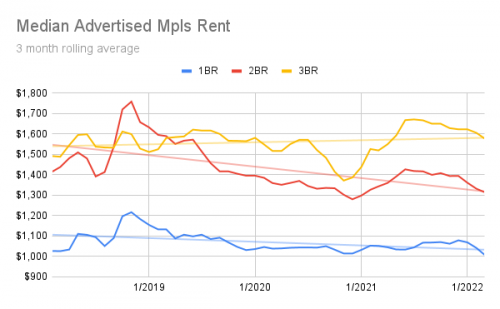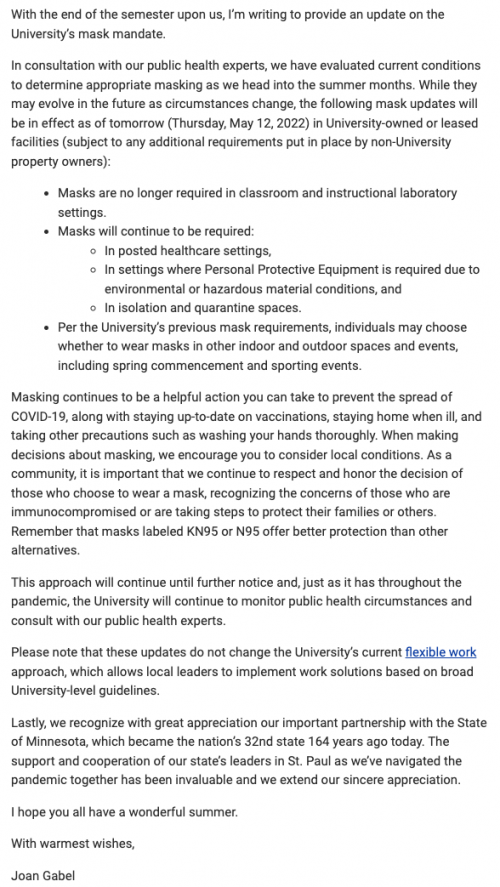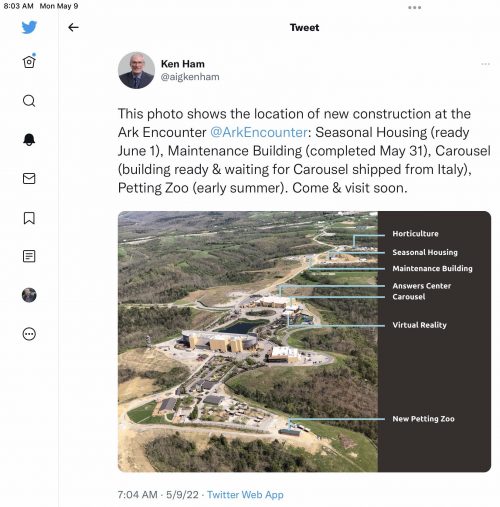I’m still here, fuzzily. Thanks to the drugs, I slept though the night, and after I woke up, I went back to bed for a nap. I’m sort of conscious now.
I did not get my grading done. I did not get the dining room project done. I’m hoping I can swim out of the fog enough to get the grading done this weekend, at least.












